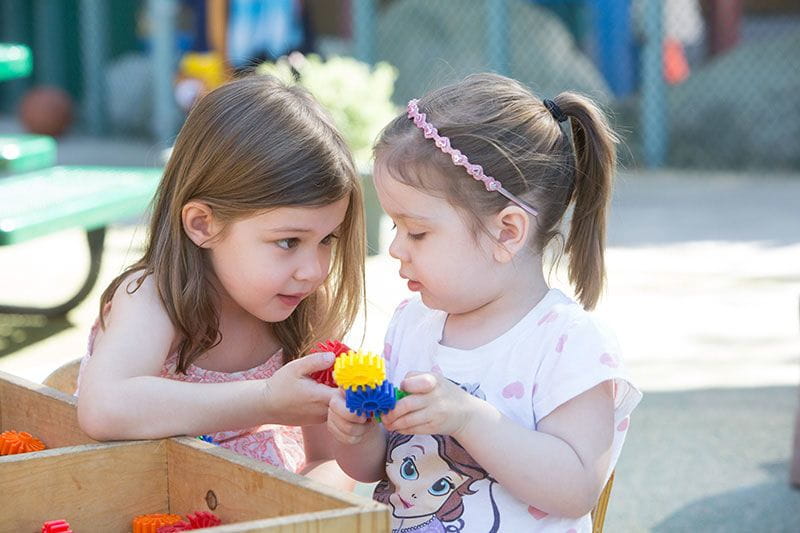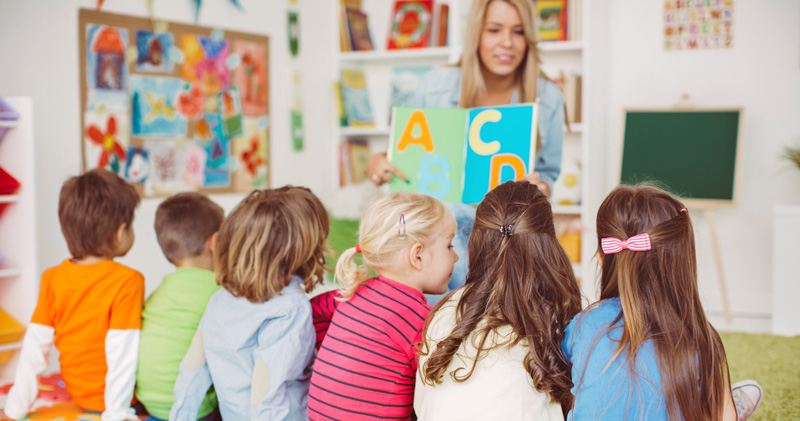8 Stages of life
Young people in actual world
Being young is a synonym of change, progress and future. Being young is, ultimately, facing challenges and creating or recreating a space for future full development. It means turning problems into opportunities and solutions and being the driving force of society.
Today, on the International Youth Day 2020, we celebrate their visions and their choices, we celebrate “Youth Engagement for Global Action”, a slogan that seeks to highlight the ways young people engage at the local, national and global levels.
- Art and Culture: Young artists, writers, musicians, and performers have the power to provoke thought and initiate conversations about critical social issues. Their works can challenge norms, promote inclusivity, and foster understanding among diverse communities.
- Activism and Protests: Young people are often at the forefront of political activism and social movements. They organize protests, marc
hes, and demonstrations to advocate for various causes, such as climate change, racial justice, LGBTQ+ rights, gun control, and more. These movements can influence public opinion and put pressure on policymakers to address the issues at hand.

Older people's adoption and use of technology have become increasingly prevalent in recent years. As technology continues to advance and become more integrated into everyday life, older adults are finding new ways to benefit from it. Here are some ways in which older people are embracing technology:
Communication: Technology, such as smartphones, tablets, and computers, enables older adults to stay connected with family and friends through video calls, social media, and messaging apps. This helps reduce feelings of isolation and loneliness, especially for those who may be living far away from their loved ones.
Online Learning: Many older adults are enrolling in online courses to pursue personal interests, learn new skills, or even complete degrees. Online learning platforms provide a convenient and flexible way for them to continue their education.
Health Monitoring: Wearable devices and health apps help older adults track their fitness levels, monitor vital signs, and manage chronic conditions. These technologies empower them to take charge of their health and well-being.
Entertainment: Streaming services and online content platforms offer a wide range of entertainment options, from movies and TV shows to music and books. Older adults can enjoy their favorite content from the comfort of their homes.
Banking and Financial Management: Online banking and financial apps simplify money management tasks, allowing older adults to handle transactions, pay bills, and track expenses conveniently.
Young people and technology often go hand in hand, as the younger generations have grown up in a digital age and are generally more adept at using and adapting to technological advancements. Here are some ways in which young people engage with and utilize technology:
Social Media: Young people are active users of various social media platforms like Facebook, Instagram, Twitter, TikTok, and Snapchat. These platforms allow them to connect with friends, share experiences, and express themselves creatively.
Digital Communication: Young people heavily rely on messaging apps, emails, and video calls to communicate with friends and family, even across long distances.
Online Learning and Education: Technology plays a crucial role in modern education. Young people use online resources, virtual classrooms, and educational apps to supplement their learning and access a vast array of information.
Entertainment: Young people consume digital content for entertainment purposes, including streaming movies, TV shows, music, and gaming on platforms like Netflix, Spotify, YouTube, and video game consoles.
Online Shopping: E-commerce platforms are popular among young people for purchasing clothing, gadgets, and various other products, often offering convenience and a wide selection.
- Growing up in a digital world: benefits and risks | UNICEF Global Development Commons
In recent years, the concept of lifestyle has undergone notable transformations, reflecting shifting societal values, technological advancements, and evolving personal preferences. This evolving lifestyle landscape has brought about significant changes in various aspects of daily life, including work, leisure, health, and relationships.
One of the most prominent shifts in lifestyle has been the increasing emphasis on work-life balance. As modern society becomes more digitally connected, remote work and flexible schedules have gained traction, allowing individuals to harmonize their professional and personal lives. This change has not only provided greater convenience and autonomy but has also prompted a reconsideration of traditional career paths and the importance of mental well-being.
Moreover, health and wellness have taken center stage in recent lifestyle trends. People are increasingly prioritizing physical and mental health, leading to a surge in fitness activities, mindfulness practices, and healthier dietary choices. The focus on holistic well-being reflects a broader awareness of the importance of self-care and prevention, driven in part by a wealth of information and resources available through digital platforms.
The digital revolution has significantly shaped contemporary lifestyles. The proliferation of smartphones, social media, and online platforms has redefined how people communicate, socialize, and consume information. Social media, in particular, has created new avenues for self-expression, connection, and even business opportunities. However, it has also raised concerns about privacy, mental health, and the authenticity of online interactions.
Female activists demanded more rights for women, whose role in society began to change. The birth control pill and other contraceptives were introduced, making it possible for women to plan their careers and have babies when they wanted them.
Social change was also reflected in the music of the decade. In the 1950s America and the rest of the world danced and sang to rock and roll music. A decade later Bob Dylan (Blowing in the Wind), Joan Baez and other protest singers composed lyrics that showed what was wrong in society . The Beatles and the Rolling Stones started a new era of beat and pop music. In Europe pirate radio stations broadcast from ships in the North Sea.
Television dominated the decade as the most important entertainment medium. By the end of the decade almost all homes in America had at least one TV set.
Towards the end of the 1960s hundreds of thousands of young music fans gathered at Woodstock, New York to celebrate the largest pop festival ever held. All of the popular musicians of the time performed there: Jimmy Hendrix, Jefferson Airplane, Santana, Janis Joplin and others. Many of the young people there called themselves hippies. They took drugs, preferably marijuana and LSD, which allowed people to see a colorful, unreal world. They believed in sexual freedom and often changed partners at random.











very good, all the images above all the images of late adulthood and old people and technology🙂👍👍
ResponderEliminarI liked it a lot, it has a good writing structure and it was really easy to read. I would definitely read it again!
ResponderEliminar